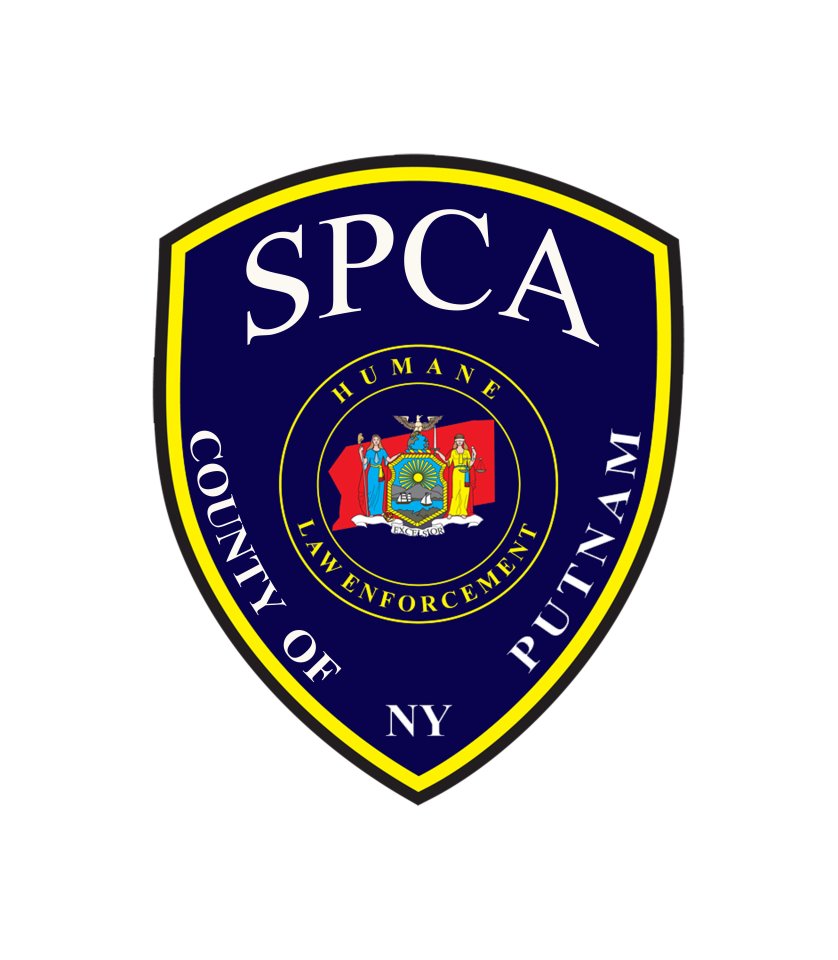Grapevine:The American Wine Economy is Alive and Well in 2013
As the United States economy continues to slowly emerge from the Great Recession in fits and starts, the beginning of 2013 seems like an appropriate juncture to step back and assess the state of the wine industry.
Prior to the recession, the strong economy fostered a rising demand for high-end wines (priced $50 and higher) and consequently, annual price increases in the five years leading up to the recession were common. In 2008, as the effects of the recession hit every American’s wallet and/or psyche, high-end wine sales plummeted.
During the recession, this market dried up, so to speak, as a flight to clarity ran rampant across the nation. Americans, still in love with wine, sought out the highest quality for the lowest price, seeking clarity in sustaining their pre-recession preferences. Seeking a clear path to their new frugality, they influenced an obliging wine industry. Prices for popular wines declined, new price-conscious wines came into the market and existing higher-end wines were produced in smaller quantities. Today, having survived the calamities of the recession, winemakers and the wine industry in general are poised for a comeback.
But are consumers willing to open their wallets to spend more on wine? Is it even necessary to spend more on quality wines than it was in 2007?
Last week, at the Unified Wine & Grape Symposium, the largest wine industry trade show in the United States, a number of experts presented their financial, economic and marketing perspectives on the current state of wine production and consumption in the United States. In no particular order, I present my gleanings from their remarks.
1. Americans expressed their unending love of wine in 2012. We are now the largest wine consuming nation in the world. Even greater than the French and the Italians, who are experiencing declines due to the changing beverage preferences of their youth and stricter DUI laws. Think of the volume of wine produced all over the world and the number of wine consumers enjoying these wines. Americans consume a whopping 13 percent and there’s no sign of a slowdown.
2. Once Americans discovered inexpensive wines (under $12) from Western Europe during the recession, they developed an affinity for them and continue to purchase them post-recession. Wines such as Albarino, Malbec and Barbera continue to enjoy strong sales.
3. In 2012, fully 35 percent of all wine consumed in the United States was produced overseas. Pre-recession, Americans preferred (or could afford) domestic wines; over 75 percent of wine consumed was from California, Washington, Oregon and New York.
4. Winemakers’ marketing departments have been very busy. The federal government approved 126,000 new wine labels in 2012. I refer to many of these as Super Bowl labels. A significant number have themes similar to Super Bowl commercials, with references to three primary subjects: animals, sex and childlike behavior.
5. In spite of the economic recovery, only 12 percent of wineries raised their prices last year, the others fearful of losing their newly won customer bases. One wine price that was increased–for the first time in 11 years–was Two Buck Chuck. It now costs $2.49. (The mathematicians among us will note that the price still rounds down to $2.)
6. Of the 25 fastest growing brands, over 50 percent were produced by only two companies, Gallo and Constellation Brands. Look for the back story on Gallo’s success in a future column.

7. Restaurant wine prices have remained stable or dropped slightly. A bottle of American wine, on average, costs $56 compared to $41 for a bottle from Argentina. French wine weighs in at a hefty $145.
What does all of this data tell us? The American wine market is still robust, having weathered the recession and become stronger. Americans are sitting on top of the wine world in many respects. Do the statistics and trends of 2012 portend a new status quo or do they constitute a continuing evolution of the marketplace? Watch for the signs as you open your wallet at your local wine shop.
Nick Antonaccio is a 35-year Pleasantville resident. For over 15 years he has conducted wine tastings and lectures. He also offers personalized wine tastings and wine travel services. Nick’s credo: continuous experimenting results in instinctive behavior. You can reach him at nantonaccio@theexaminernews.com or on Twitter @sharingwine.

